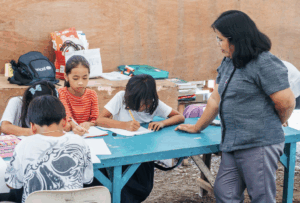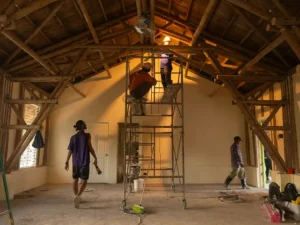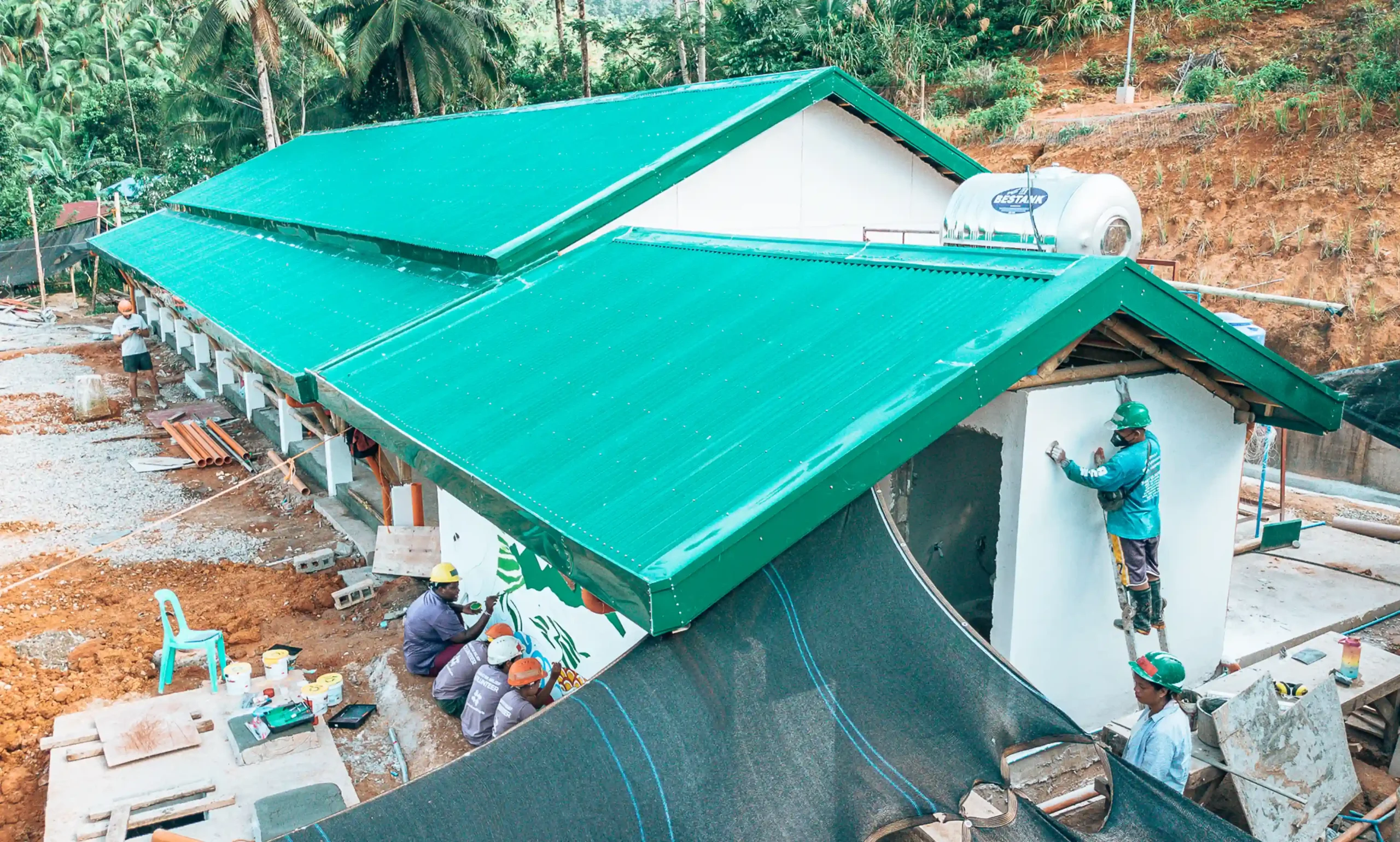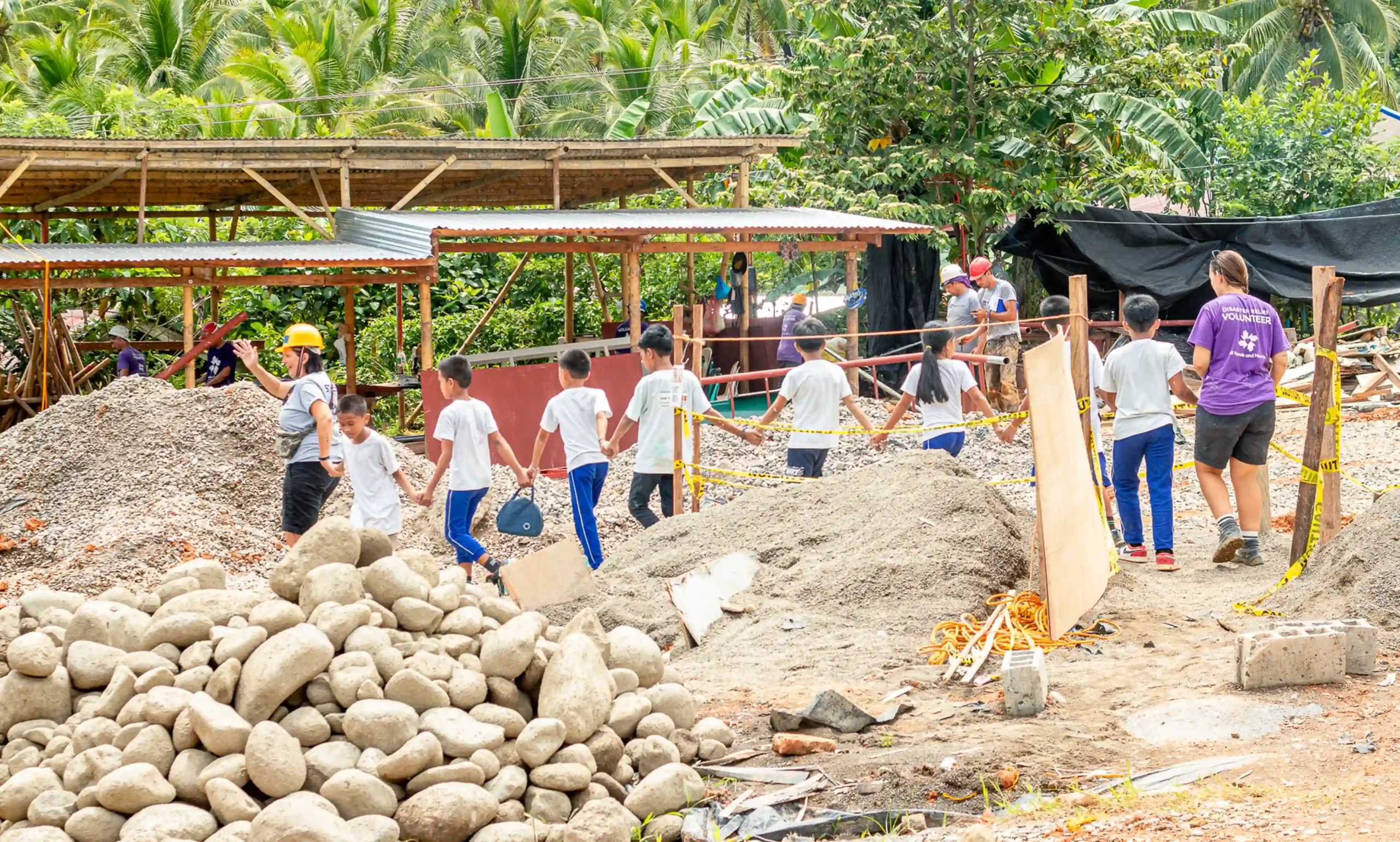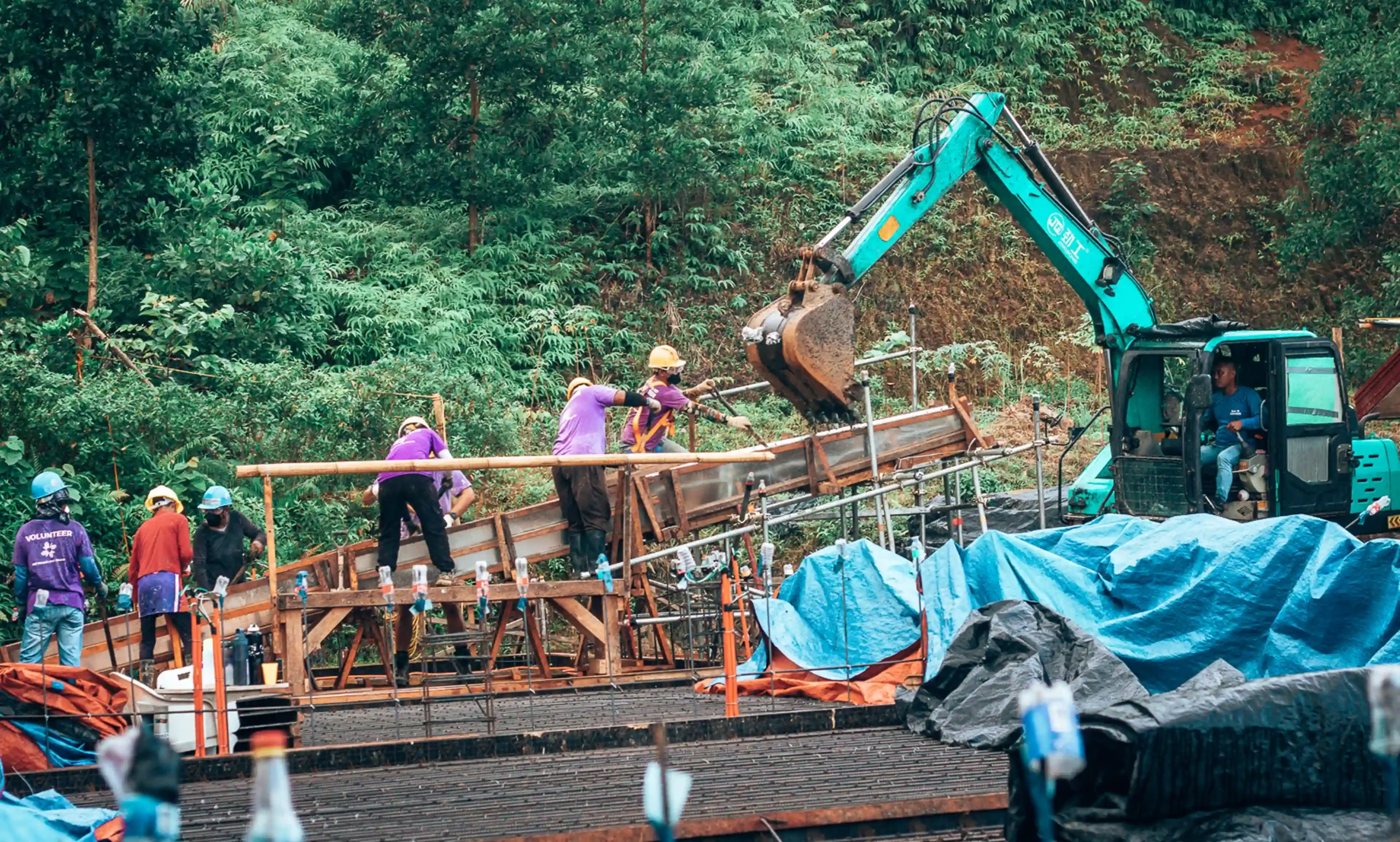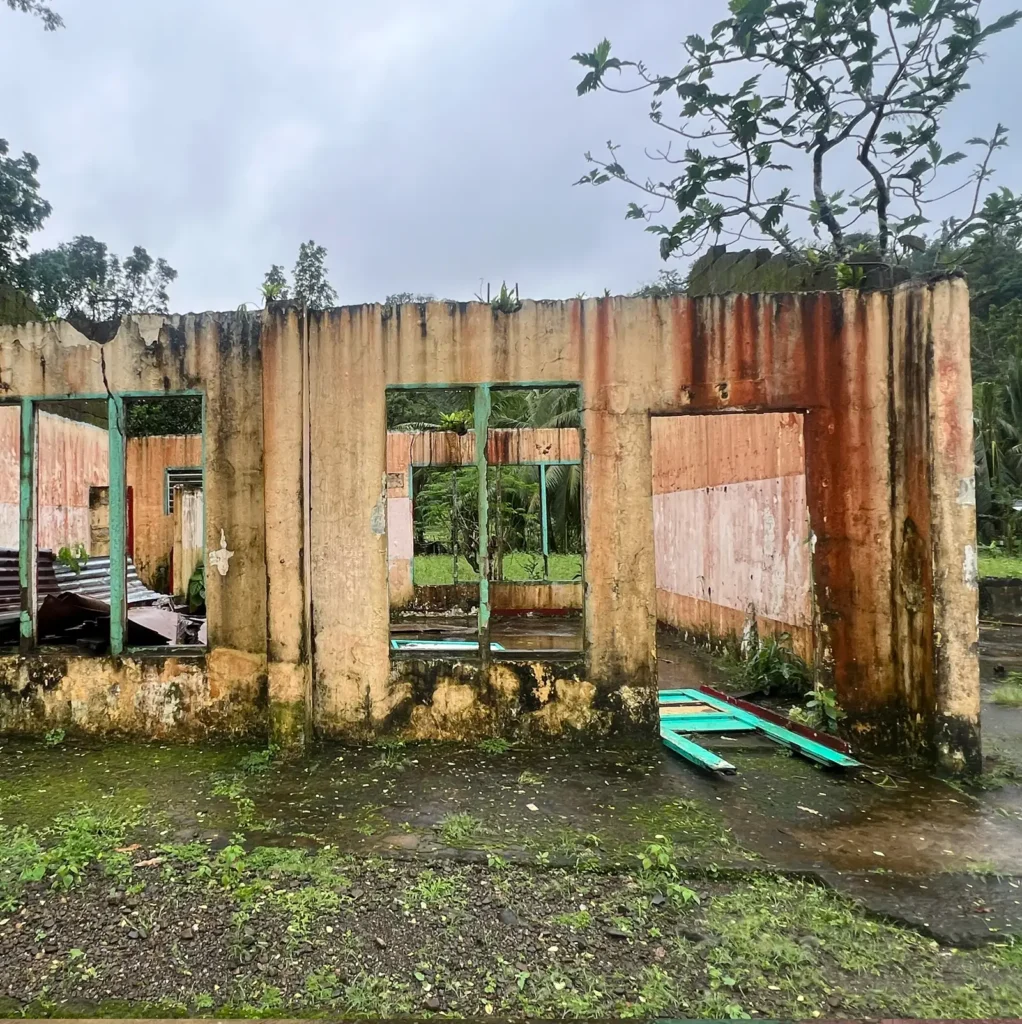
Catanduanes Island, Philippines
Philippines Typhoon Relief
September 2025
Since 2007, we’ve partnered in the Philippines, one of the world’s most typhoon-prone countries, helping rebuild schools damaged by severe storms and extreme weather.
Recent Updates
Disaster Profile
The Philippines is one of the most typhoon-impacted countries globally, with roughly 20 impacting the region annually.
Typhoons, known as tropical cyclones and hurricanes in other parts of the world, are among the deadliest disasters.
Super Typhoon Rai, locally known as Odette, made landfall on December 16th, 2021, bringing torrential rains, violent winds, floods and storm surges to the Visayas and Mindanao Islands. The typhoon caused devastating impacts on infrastructure, agriculture, and fishing communities and damaged or destroyed 1.7 million homes. An estimated 9.9 million people were severely affected, leaving about 2.4 million people in need of assistance and over 400 fatalities.
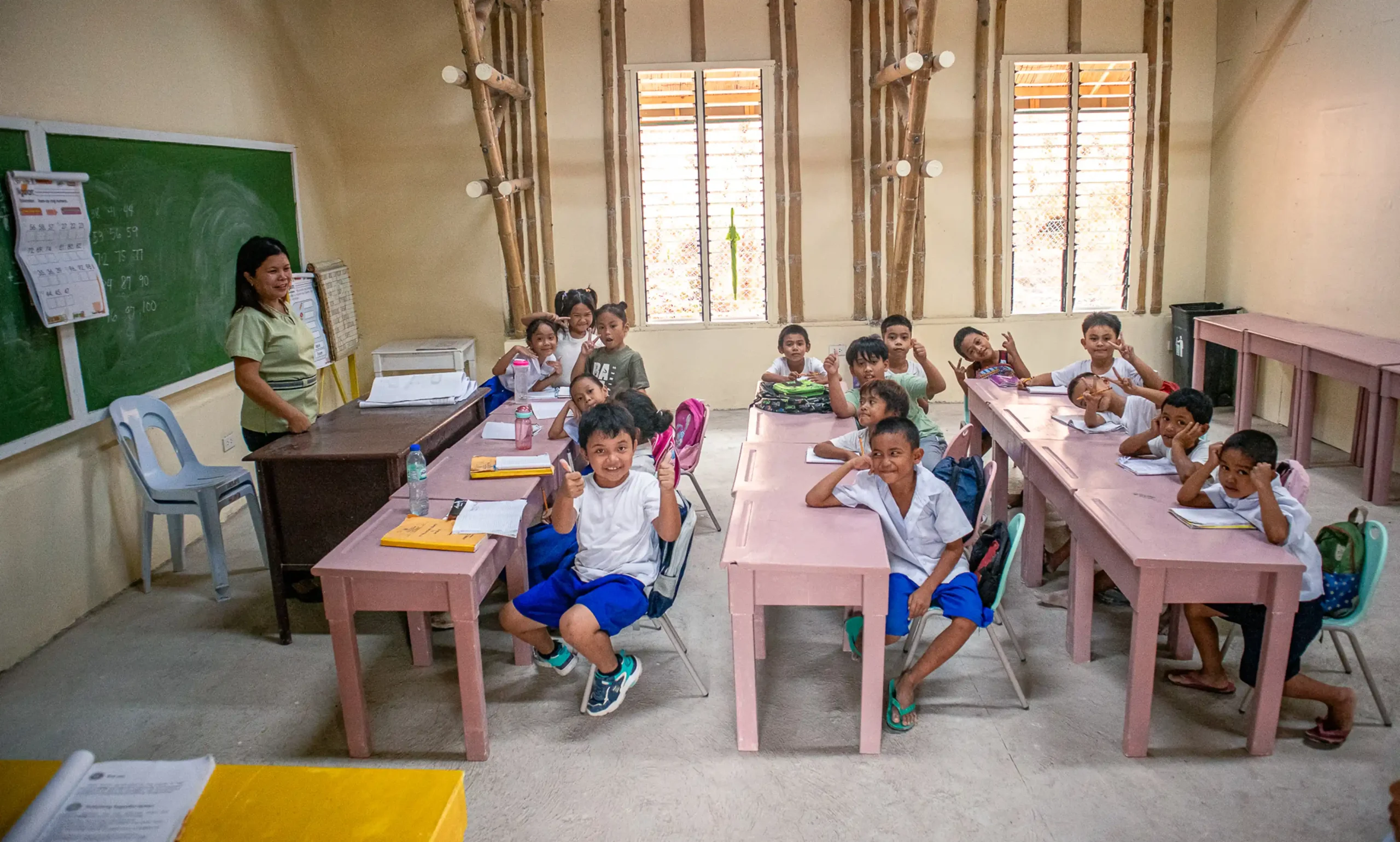
Our Response
The unique needs of each disaster-affected community shape our work in the Philippines.
28,300+
Children back in school
24
Schools with work completed
1,770
Students impacted in Catanduanes Island
Most often, this means restoring access to education by repairing and rebuilding typhoon-damaged schools based on their specific needs. In Araceli, Palawan, our efforts focused on restoring livelihoods through a fishing boat repair initiative led entirely by a Filipina team. Our latest program on Catanduanes Island will provide safe roofs, new classrooms and improved facilities across seven schools.
